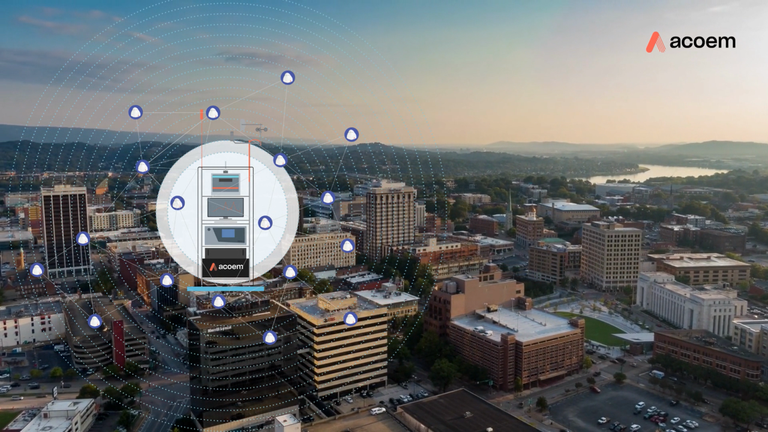Now that remote wireless monitoring solutions have been developed, we would think that it should now be possible to avoid using cables and therefore to monitor equipments at a lower cost. This is only partially true …
For technical reasons that we have elaborated in our white paper “Predictive maintenance: towards a change of paradigm?”, these wireless solutions do not provide the same level of performance as cable-based solutions. In particular, they cannot monitor in real-time, refresh the value of indicators monitored several times per minute or store data freely. Therefore, for critical machines that can deteriorate rapidly, it is preferable to remain on a cable-based solution whenever possible. On the other hand, remote wireless monitoring can, of course, be considered, but with the awareness that monitoring will be periodical (several hours between each measurement).
So, for which applications is wireless technology particularly interesting? In our opinion, they are divided into two big groups:
- applications involving very long lengths of cables (in cement factories or mines for example), dangerous environments (ATEX) and equipments – such as cooling towers – that are difficult to access,
- applications involving vibration monitoring of less critical machines and ancillary equipment (pumps, fans).
In fact, in the majority of these cases, the cost of the installation and maintenance of a cable-based system is either prohibitive or higher than the gains that can be made through predictive maintenance.
Wireless solutions totally make sense when measurements taken a few hours apart make it possible to identify a deviation and intervene before the occurrence of a failure and it is in this regard that they should be integrated into the predictive maintenance strategy.
They are a complementary solution to cable-based systems and make it possible to monitor more equipment in order to improve maintenance performance. They are less expensive and prove to be profitable with respect to equipment value, cost of spare parts or fewer downtimes.
Nevertheless, three factors are important in order to achieve profitability:
- the cost of maintaining the wireless system in operational condition (autonomy and cost of batteries, cost of manpower for replacing batteries),
- the SLA (robustness with regard to micro cuts of the wireless network, bandwidth allocation, data recovery, etc.),
- the quality of information provided by the system (false alarms, diagnostics data), which influences the number and relevance of interventions.
Therefore, special attention must be paid to these three factors when choosing a wireless solution.








